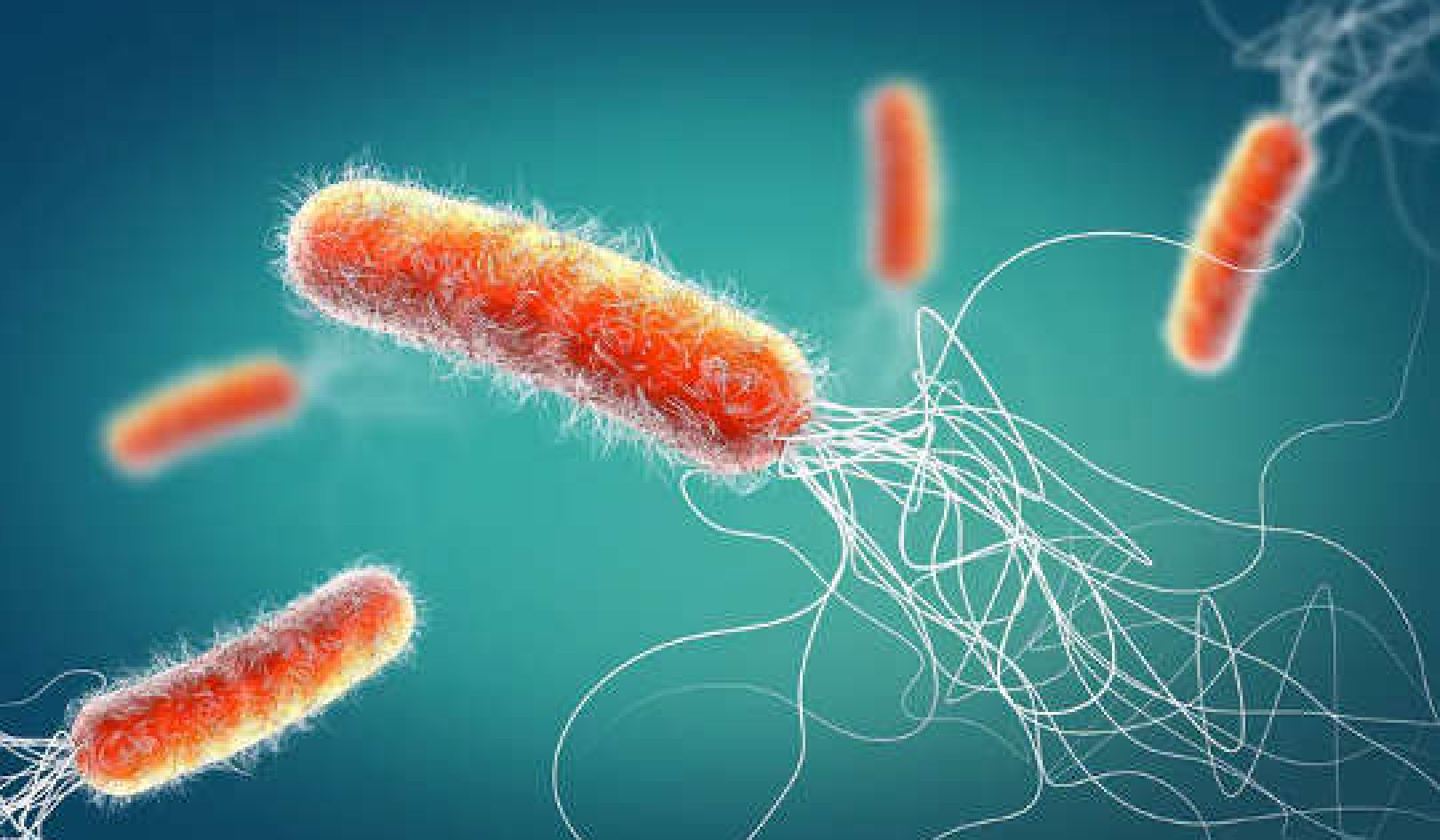
In the fourteenth century, when Mongol tribes swept down from the steppes of Central Asia and slaughtered more than thirty million people throughout Eurasia, a young Chinese refugee retreated to the mountains. Wen-siang wandered for years, bedding down in caves, ravines, and abandoned huts; subsisting on wild plants and berries; and writing poetry when he could not sleep. While many of his poems refer to sleepless nights, this one offers a particularly poignant description:
It’s a quiet night,
but I’m not getting to sleep . . .
The west wind is noisier yet;
myriad openings hit the same note.
Even the crickets feel sad,
chirping under the floor. . . .
I wander back and forth, uneasy in mind.
My heartbreak cannot be told;
Silently, useless anguish fills me.”
-- Sleepless Nights: Verses for the Wakeful
Wen-siang may have been one of that small percentage of people who just are not wired to sleep, but any one of the harsh elements he encountered could have filled his nights with useless anguish: cold, hunger, pain, illness, vermin, the trials and terrors of wartime, and — the only one he mentions here — heartache. It is understandable why sleep evaded him so often. Eight centuries later, in one of the most affluent countries in the world, most do not suffer the cold, hunger, savagery, or loss that Wen-siang endured.
Is Artificial Light the Problem in Modern Times?
Extending light into our night times only exacerbates the problem. Because our eyes are evolutionarily programmed to use the coming and going of daylight to set our body clocks and regulate our sleep-wake cycles, nighttime light can confuse things. Ordinarily, when light receptors in our eyes perceive the onset of darkness, they signal the pineal gland to release melatonin to induce sleepiness and initiate the changes in body temperature, immunity, hunger, thirst, and arousal that accompany falling asleep.
Get The Latest By Email
Melatonin has been called the Dracula of hormones because it only comes out at dark. The problem is that artificial light impedes the release of melatonin, making it harder to fall and stay asleep. Charles Czeisler, professor of sleep medicine at Harvard, explained: “Light affects our circadian rhythms more powerfully than any drug.”
In 1905, when electric street lights had already arrived to illuminate most city streets at night, Sir James Crichton-Browne, a British expert studying children’s sleep, decried: “This is a sleepless age and more and more ... we are turning night into day.”
If we were still burning candles or using gas or kerosene lanterns to see by night, it would not be such a problem because their light is dimmer, primarily in the red-orange spectrum. Even the early incandescent light-bulbs cast a yellow circle of light that did not interfere with melatonin production. However, research suggests that the blue light favored by our newer, more efficient light- bulbs and the LED screens on our electronic devices slows the release of melatonin.
As a result, we are apt to feel alert longer, stay up later, and get less sleep. Even though Wen-siang lived with cold, hunger, and the terrors of wartime, he had dark nights and freedom from adverse work schedules, which most in the modern world do not.
Shifting Into and Out of Waking and Sleeping States
 I also suspect that modern Americans, who most likely learned to sleep alone in quiet darkness as infants, are less equipped neurologically to shift into and out of waking and sleeping states. After all, as anthropologist Carol Worthman observed with befuddled curiosity, we put our infants to sleep in silent, dark rooms under minimal sensory loads, “but later expect [them] to focus attention appropriately in a world with high sensory loads and heavy competing demands for attention.”
I also suspect that modern Americans, who most likely learned to sleep alone in quiet darkness as infants, are less equipped neurologically to shift into and out of waking and sleeping states. After all, as anthropologist Carol Worthman observed with befuddled curiosity, we put our infants to sleep in silent, dark rooms under minimal sensory loads, “but later expect [them] to focus attention appropriately in a world with high sensory loads and heavy competing demands for attention.”
Intriguingly, foreign-born Americans are more likely to sleep the recommended six to eight hours a night than their native-born counterparts.While the reasons for this disparity are unknown, it cannot be because immigrants work less or experience less stress; the opposite is more likely to be true. Could it be that most immigrants were raised in cultures that provide infants more of a continuum of care when their nervous systems are developing, enabling them to handle stress and sleep more easily?
If learning to sleep as an infant meant crying it out alone, it would be easy to imagine that a physiological condition of hyperarousal could become the norm, making it difficult to calm down and relax, keeping restful sleep at bay for years to come. Some of us may be wired that way from the start (as parents of colicky babies suspect), while others become so over time as a result of trauma, ongoing stress, or simply by aging and losing the deep, Slow Wave sleep that sustains our capacities to calm down.
When Primary Insomnia is Not a Symptom or Side Effect
Primary insomnia (that is not a symptom or side effect of something else) is increasingly considered to be a function of autonomic hyperarousal, usually indicated by some combination of elevated body temperature and heart rate, increased high-frequency brain wave activation, higher levels of cortisol and adrenaline, and decreased levels of melatonin. In short, wakeful vigilance routinely overcomes relaxed sleepiness by night—and by day.
We are too awake, rather than not sleepy enough. The result, combined with a genetic propensity toward anxiety, makes for a chronic insomniac. While most of us who struggle with sleep fall short of that label, I suspect the same physiological forces, emotional states, and socioeconomic conditions tug at our hold of sleep.
Fortunately,our nervous systems continue to grow and learn, building new connections, discarding old ones, and facilitating shifts in hormonal balances. Just as we can learn how to play bridge, lift weights, or do the two-step, we can train ourselves to shift into and out of states of mind, body, and emotion, even to shut off the default mode network that keeps our minds busy. We can cultivate our abilities to calm down, let go, go within, and drift off, to counteract the tendencies to gear up, grab on, look out, and get ahead that are so encouraged in our society.
©2014 Kat Duff. Reprinted with permission
from Atria Books/Beyond Words Publishing.
All Rights Reserved. www.beyondword.com
This article was adapted with permission from the book:
The Secret Life of Sleep
by Kat Duff.
 The Secret Life of Sleep taps into the enormous reservoir of human experiences to illuminate the complexities of a world where sleep has become a dwindling resource. With a sense of infectious curiosity, award winning author Kat Duff mixes cutting-edge research with insightful narratives, surprising insights, and timely questions to help us better understand what we’re losing before it’s too late.
The Secret Life of Sleep taps into the enormous reservoir of human experiences to illuminate the complexities of a world where sleep has become a dwindling resource. With a sense of infectious curiosity, award winning author Kat Duff mixes cutting-edge research with insightful narratives, surprising insights, and timely questions to help us better understand what we’re losing before it’s too late.
Click here for more info and/or to order this book on Amazon.
About the Author
 Kat Duff is the award-winning author of The Alchemy of Illness. She received her BA from Hampshire College where she pursued a multi-disciplinary concentration in literature, psychology, sociology, anthropology, and neuroscience. Kat’s life-long love of sleep and her friendship with two chronic insomniacs led her to investigate the subject of sleep with her signature multi-disciplinary approach. Visit her website at www.thesecretlifeofsleep.com/
Kat Duff is the award-winning author of The Alchemy of Illness. She received her BA from Hampshire College where she pursued a multi-disciplinary concentration in literature, psychology, sociology, anthropology, and neuroscience. Kat’s life-long love of sleep and her friendship with two chronic insomniacs led her to investigate the subject of sleep with her signature multi-disciplinary approach. Visit her website at www.thesecretlifeofsleep.com/
Watch a video with Kat Duff: Explore What You Didn't Know About Sleep









